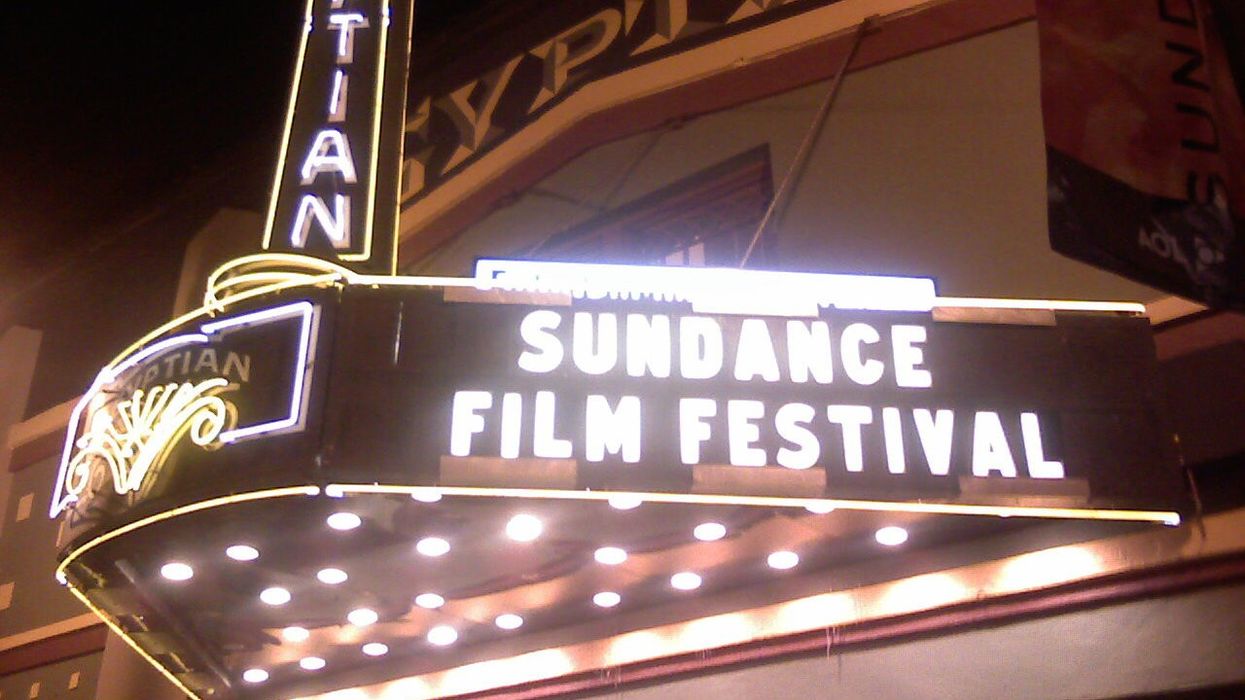How to Make the Perfect Sundance Film
Hoping to make a film that will play at Sundance? Take Ted Hope's advice — he's had twenty-three.

Our ten-step formula for how to make a Sundance film comes from veteran producer (and Fandor CEO) Ted Hope, who recently released his first book, Hope For Film: From the Frontline of the Independent Cinema Revolutions. While the (public) deadline for submissions to the Sundance Film Festival just passed, there are surely many filmmakers still working feverishly on their cuts (whether they garnered an extension, or whether they submitted a rough cut that still needs work). And if you're just at the planning stages for a film, it's an even better time to take the advice of the producer who holds a Sundance record for Grand Jury Prizes: three of his twenty-three Sundance entries won the coveted award (American Splendor (2003), The Brothers McMullen (1995), and What Happened Was... (1994)). No producer has won more.
This is a guest post by Ted Hope, excerpted from his book Hope for Film.
1. The protagonist
Center the story around an everyday person, someone the audience can identify with (not a wealthy or an evil type).
2. The plot
The protagonist needs to go through a serious arc, suffer hardship, and then come to some understanding that the audience didn’t expect.
3. Be bold
Show risk-taking in the filmmaking. Make it feel like it may all fall apart, but then save it at the last moment: People should say, “It’s bold.”
4. Be disciplined
If you can’t be bold, be disciplined. If it doesn’t fit the form, cut it out.
5. Own your aesthetic
Embrace, even flaunt, your aesthetic and the limits of your aesthetic. Don’t be ashamed of your limitations. Own your choices.
6. Engage bigger issues
The story has to be bigger than the movie itself and should deal with issues of either class conflict, gender conflict, sexual conflict, or other political issues. How do you comment on the world at large while still examining the minute and particular?
7. Cast
You need to cast a few stars or soon-to-be stars, so it should be an ensemble piece that covers generational conflict. You have the old-name actor you’re bringing back and the up-and-comer whom no one had seen yet, along with actors who can move from TV into feature films.
8. Shock value
It needs some moment of audacity, the kind of thing that people will talk about and that might even shock the uninitiated.
9. The right mix
Have a sense of humor about great tragedy— or find the tragedy in the hilarious. Embrace the cocktail; make it at least feel fresh.
10. Leave them wanting more
Shorter is better; 90 minutes is the new 120 (today, 80 is the new 90). No one ever says, "I wish it had been longer" when they leave the theater.
Excerpted from HOPE FOR FILM, a film memoir with insights from Ted Hope's directors and productions, currently available from Counterpunch Press.
Ted Hope is currently the CEO of Fandor. As an independent film Producer, his films have received some of the industry’s most prestigious honors: THE SAVAGES (2007) earned two Academy Award nominations; 21 GRAMS (2003), two Academy Award nominations and five BAFTA nominations; and IN THE BEDROOM (2001), five Academy Award nominations. Two of his films, AMERICAN SPLENDOR (2003), and HAPPINESS(1998), have won the Critics Prize at the Cannes International Film Festival. Ted Hope joined Fandor as CEO in February of 2014, bringing with him a wealth of film experience as a creator, curator, advocate and innovator in the film community as well as a vision for how Fandor will grow in the ever-changing digital world of content distribution. Prior to Fandor, Hope was the Executive Director of the San Francisco Film Society where he successfully raised significant new sponsorship funding, expanded the San Francisco International Film Festival's offerings to include the innovative Artist to Entrepreneur (A2E) program and launched their new Fall Awards event.
Source: Hope for Film: From the Frontline of the Independent Cinema Revolutions
 An inspiring, tell-all look at the indie film business from one of the industry’s most passionate producers, Hope for Film captures the rebellious punk spirit of the indie film boom in 1990s New York City, its collapse two decades later and its current moment of technology-fueled regeneration.
An inspiring, tell-all look at the indie film business from one of the industry’s most passionate producers, Hope for Film captures the rebellious punk spirit of the indie film boom in 1990s New York City, its collapse two decades later and its current moment of technology-fueled regeneration.












